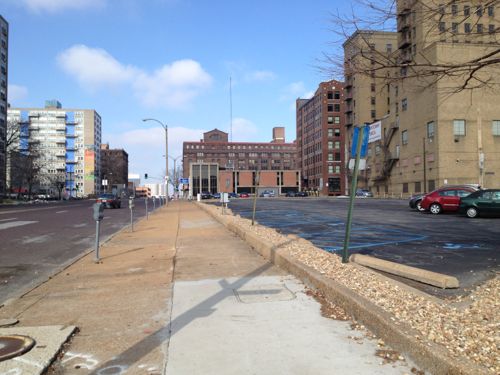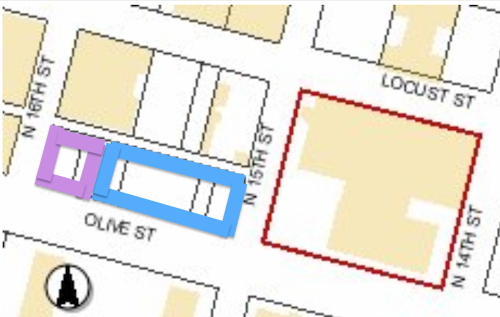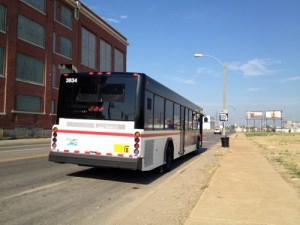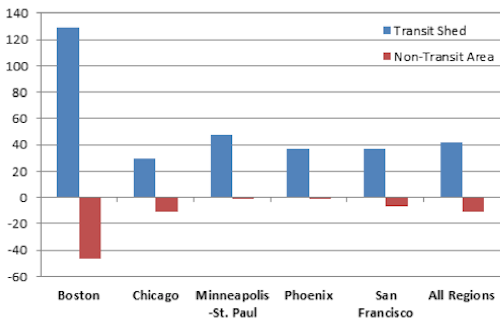Poll: How Should St. Louis County Reduce Traffic Congestion Between Mid & South County?
St. Louis County is still trying to make it easier to get from Hanley to Watson Rd., now through what’s being called the South County Connector. Various schemes have been around for decades:
A plan for an improved connection from south St. Louis County to central St. Louis County has existed since the late 1950s. The original concept was for a freeway “inner belt expressway” to provide better north-south access through the St. Louis suburbs. This freeway concept became Interstate 170 north of Interstate 64/U.S. Route 40. Originally, Interstate 170 was supposed to continue south into the southern part of St. Louis County to provide improved access between Interstates 44, 64 and 55. After much deliberation, area leaders decided in the 1990s not to pursue a southward extension of Interstate 170 due to public concerns. Although this option was abandoned, St. Louis County, the Missouri Department of Transportation (MoDOT), and other local agencies continued planning efforts to identify potential options for north-south access improvements in south St. Louis County. (source)
Here’s a summary of the current proposal:
John Hicks, the county’s Transportation Development Analyst, says the county is now presenting two alternatives to the public, but both roughly follow a route from River Des Peres Boulevard at Watson Road, through a portion of the Shrewsbury MetroLink parking lot, across I-44, into Big Bend Industrial Court, crossing Deer Creek Center and ending at Hanley Road near Flora Avenue. (KMOV)
A good portion would be elevated roadway.
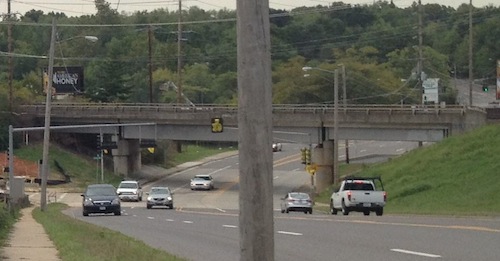
Proponents say the project is needed to address projected increases in traffic, critics say the focus should be on transit, biking, and walking solutions. They also say the widened/high-speed intersections would be dangerous to bikers and pedestrians.
I want to know what you think about it, the weekly poll is in the right sidebar. Cast your vote and share your thoughts below.
— Steve Patterson


